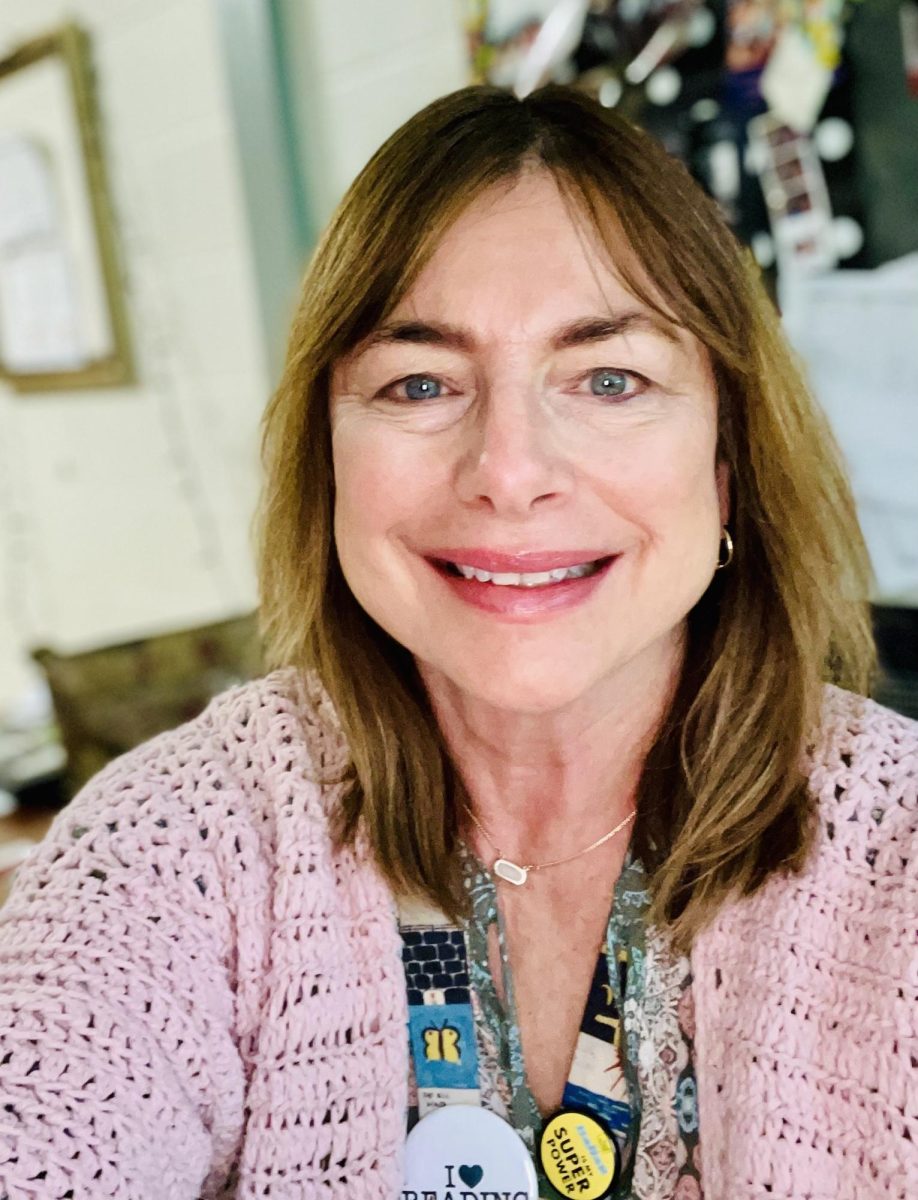By Amanda Shen

Less than 24 hours after President Trump assumed office, the streets of the nation’s capital turned pink. Protesters—many adorned in pink handknit “pussy hats”—flew from across the nation to participate in the Women’s March on Washington DC. Touting vibrant, politically charged signs, they all shivered, trudged, and shouted to their new president, “Welcome to your first day! We will not go away!”
According to The New York Times’ crowd scientists, 500,000 people gathered at the National Mall on Jan. 21. Among the protesters were members of the South community, including seniors Alexis Pramberger and Jillian Horowitz, English teacher Ms. Jennifer Hastings, and foreign language teachers Ms. Geraldine Finazzo and Ms. Kathy McAleer.
Eventually becoming the largest one-day protest in U.S. history, the march stemmed from underlying unease with the 2016 presidential election. Beginning as a Facebook post immediately after the election, the march was created to “show [the presence of the discontented] in numbers far too large to ignore” and “send a bold message to our new administration on their first day in office.”
Though the event was labeled as the Women’s March, women, men, and children alike participated and highlighted various issues such as civil and reproductive rights. “The causes didn’t step on each other; instead, they supported each other. One poster said it best: ‘Feminism is intersectional,’ meaning that justice can’t be achieved unless it is achieved for all Americans,” said Pramberger.
From 10 a.m. to 3 p.m., a range of speakers including Scarlett Johansson, Michael Moore, and Gloria Steinem rallied to address issues such as abortion rights, LGBTQIA concerns, black power, and immigration reform. Running nearly two hours past its scheduled time, the rally roused demonstrators and then led into the march. Through chants like, “No hate, no fear, refugees are welcome here!” the different voices came together as a unified call for equality.
Due to its inclusiveness, the event served as a powerful medium for citizens to become politically involved. A survey published in The New York Times discovered that the march drew many first-time protesters, such as Pramberger.
Pramberger said, “I’ve never actually done anything significant based on my political and social beliefs. The march seemed like the perfect opportunity to fully immerse myself in those causes. It was [an opportunity] to invest myself in the network of amazing and supportive women that are a part of the feminist movement. I knew it was something that would go down in the books.”






